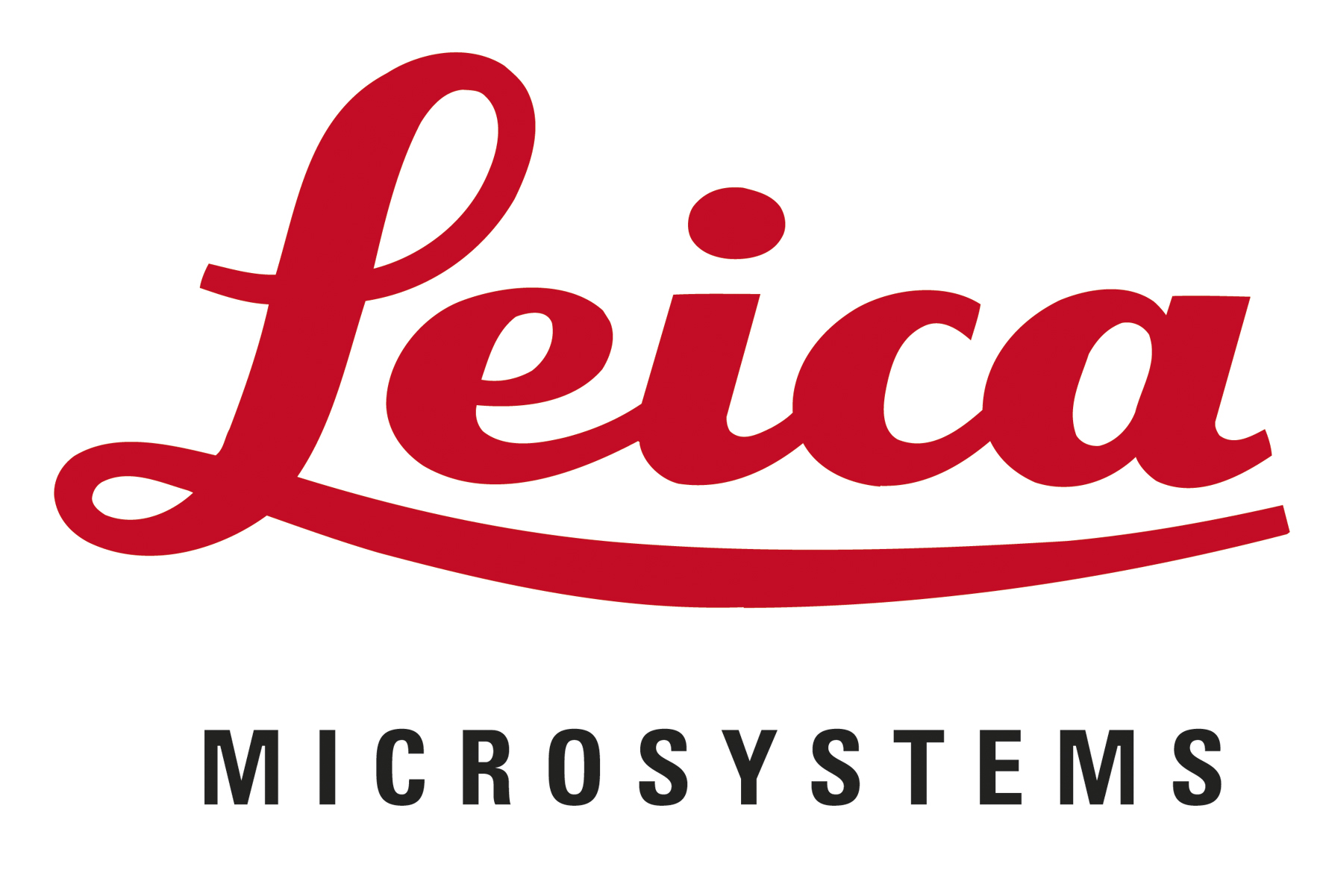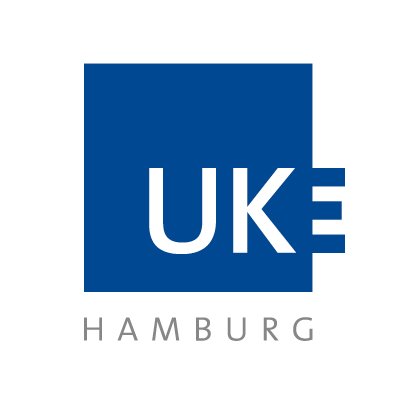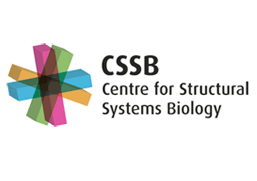Join our Advanced Imaging events
From 9th February through to 25th February
Dear Scientist,
Leica Microsystems, in cooperation with University Medical Centre Eppendorf (UKE) and the Centre for Structural Systems Biology (CSSB) Hamburg, invites you to attend a series of talks and product showcases featuring the STELLARIS 8 FALCON confocal and THUNDER Imager widefield systems.
Join us and learn how these microscopy innovations can make a difference to your research.
Wednesday 9th February, ONLINE PRESENTATION
Our experienced team of advanced workflow specialists will present the innovation and application possibilities of both systems. Put your questions to our experts and discuss your application needs.
09:15-10:15
Leica THUNDER Imaging Systems: Analyzing 3D specimens with widefield microscopy
with Dr Falco Krüger
10:30-12:30
Going further into the red: Discover what Fluorescence Lifetime Imaging with STELLARIS 8 FALCON can do for your research
with Dr Jens Peter Gabriel
Break for Lunch, 12:30-13:30
13:30-14:30
Aivia: Artificial Intelligence in Microscopy
with Dr Franco Klingberg
14:45-15:15
Final discussion & wrap up

Monday 21st - Friday 25th February, LIVE PRODUCT SHOWCASE
Come to the UKE Microscopy Facility (UMIF) for a personal demonstration and try the systems out with your own microscopy samples. Click below to book your demo slot between Feb 21st and 25th.

Where
9th February Talks: online in MS Teams. Link available after registration
21st-25th February: STELLARIS and THUNDER demonstrations
UKE Microscopy Facility (UMIF), Campus Forschung N27, Martinistraße 52, 20246 Hamburg
Spaces are limited so register early to secure your place.
We look forward to seeing you online or meeting you in person.
With Kind Regards,
Your Leica Microsystems Team
This workshop is a collaboration between



Curious about the image?
The images features Cos-7 cells, labeled with SiR-Actin (657 – 740nm detection range), AF750-Tom20 (760 – 790nm), AF790-Tubulin (810 – 850nm). Sample courtesy of Jana Döhner, Urs Ziegler, University of Zurich.
|